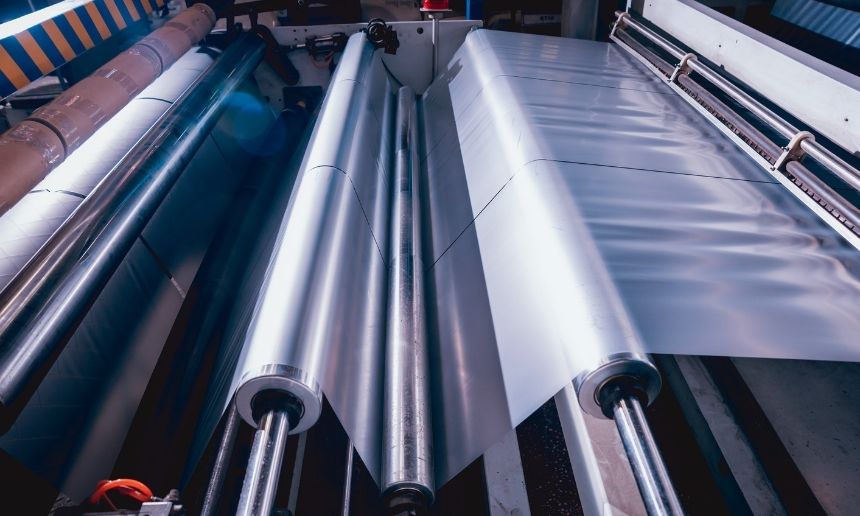What To Know About Metalizing Plastic

Ever wondered what the best ways to metalize plastic are, or if metalizing your plastic is worth it? Here’s what to know about metalizing plastic, including its benefits and the most effective methods and processes for coating it.
The Benefits of Metalizing Plastic
Plastic can be metalized for both aesthetic and mechanical purposes. Vacuum metalizing plastic has several benefits. When metalized, plastic takes on a glossy, reflective appearance along with practical qualities, such as abrasion resistance and electric conductivity. Metal-coated plastic is used in similar applications as metal parts. It tends to have a lower weight, a higher resistance to corrosion, controllable conductivity levels, and a lower manufacturing cost. There are several common methods of metalizing plastic, two of which are arc and flame spraying and vacuum metalization.
Metalization Processes
Another important thing to know about metalizing plastic is how it’s done. Let’s look at some of the most common methods and processes used to metalize plastic.
Arc and Flame Spraying
In basic flame spraying, a hand-held device is used to spray a layer of metallic coating on the substrate. A metallic powder is heated and melted by an oxygen and gas-fueled combustion flame. The mixture is accelerated and released as a spray, which coats the plastic component. This method of metalizing has a high deposition rate and thick, durable coatings, but tends to produce results that are porous and rough. Flame spraying can be used to apply metalized coatings to a specific area, which is useful when working with complex or unusually shaped parts. Arc spraying is, at its core, flame spraying, but with a different power source. Instead of depending on a combustion flame, arc spraying derives its energy from an electric arc.
Vacuum Metalizing
Vacuum metalizing is another efficient process for metalizing plastic. Before vacuum metalizing occurs, the plastic undergoes a pretreatment. This can be done chemically, mechanically, or with low-energy plasma. Since metals tend to bond poorly with polymers, the pretreatment ensures the metal properly adheres to the plastic. Next, a metal, typically aluminum, is evaporated. The vapor from the metal condenses onto the substrate, leaving a thin layer of metal coating. To prevent oxidation, the entire process takes place within a vacuum chamber. Vacuum metalized plastic is used in a wide range of applications—from automotive interior parts to certain types of foils.
Deep Coat’s innovative vacuum metalizing process makes coating your materials—plastic or otherwise—quick, simple, and efficient. If you’re thinking about vacuum metalizing plastic components, get in touch with us so we can discuss and plan your next metalizing project. We can also provide additional services such as surface pretreatment and decorative overcoating, so don’t hesitate to reach out.